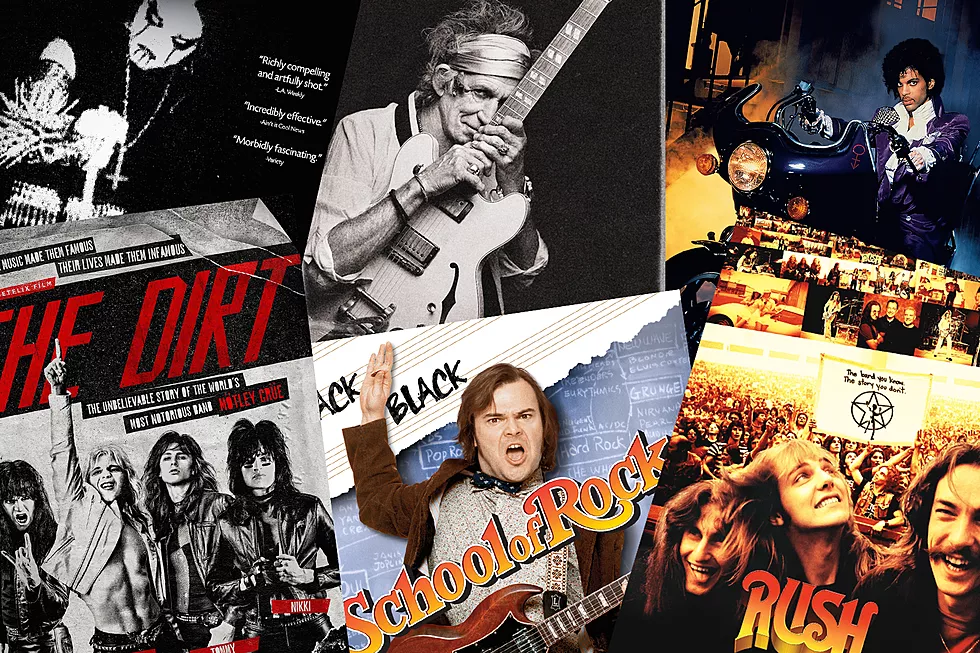Metal music, with its thunderous guitar riffs and powerful vocals, has captured the hearts of fans worldwide for decades. This genre’s rich history and diverse subgenres have provided ample material for documentary filmmakers to explore. In this article, we will delve into the captivating world of metal music through the lens of documentary films. From the early days of metal to its global influence today, these documentaries offer a unique perspective on the genre’s evolution.
Metal Origins and Pioneers
The roots of metal music trace back to the late 1960s and early 1970s. Bands like Black Sabbath and Led Zeppelin laid the groundwork for what would become one of the most influential and enduring genres in the history of music. Documentaries focused on metal’s origins shed light on the social and cultural context in which it emerged. These films often feature interviews with the genre’s pioneers, providing valuable insights into the birth of metal music.
One such documentary, “Metal Evolution,” directed by Sam Dunn, takes viewers on a comprehensive journey through the history of metal music. Dunn’s meticulous research and passion for the genre shine through as he explores various subgenres of metal. From the bluesy roots of hard rock to the high-speed intensity of thrash metal, “Metal Evolution” highlights how metal music has evolved over the decades.
The Rise of Subgenres
Metal music is not a monolithic entity; it is a diverse genre with numerous subgenres, each with its own distinct characteristics and fan base. Documentaries often focus on specific subgenres to provide an in-depth look at their unique qualities and cultural significance.
“Metal: A Headbanger’s Journey,” also directed by Sam Dunn, delves into the world of metal music by examining its various subgenres. This documentary showcases the passion of metal fans and the ways in which different subgenres cater to specific tastes. From the melodic harmonies of power metal to the aggressive and technical prowess of progressive metal, “Metal: A Headbanger’s Journey” celebrates the diversity within the metal community.
Icons of Metal Music
Metal music has produced some of the most iconic and influential musicians in the history of rock. Documentaries often spotlight these legendary figures, exploring their journeys to stardom, their contributions to the genre, and their enduring impact on music and culture.
In “Metallica: Some Kind of Monster,” directors Joe Berlinger and Bruce Sinofsky provide an intimate look at one of metal’s most iconic bands, Metallica. The documentary chronicles the band’s struggles, creative conflicts, and the making of their album “St. Anger.” It offers an unprecedented glimpse into the inner workings of a metal music powerhouse, showcasing the dedication and passion required to maintain a successful career in the genre.
Metal Music Around the Globe
While metal music may have originated in the United States and the United Kingdom, it has since spread its influence across the globe. Metal scenes have emerged in unexpected places, and documentary films have captured these vibrant subcultures.
“Global Metal,” also directed by Sam Dunn, explores the worldwide phenomenon of metal music. This documentary takes viewers on a journey to countries like Brazil, Japan, and India, where metal has become a powerful and often unconventional form of self-expression. “Global Metal” demonstrates how the universal themes of rebellion, identity, and belonging resonate with metal fans worldwide, transcending cultural boundaries.
Challenges and Controversies
Metal music has not been without its share of challenges and controversies. Documentaries sometimes tackle these issues, shedding light on the societal perceptions and misconceptions surrounding the genre.
“Until the Light Takes Us” is a documentary that delves into the Norwegian black metal scene of the early 1990s, a subgenre known for its extreme and controversial elements. The film examines the church burnings, murders, and the media frenzy that surrounded this movement. It provides a thought-provoking look at the darker aspects of metal music and its impact on society.
Conclusion
As metal music continues to evolve, so do the documentaries that explore it. Modern documentaries, such as “Blood and Thunder: The Sound of Albertans in Metal” by Leah Mallen and Edward Quijano, showcase the genre’s ongoing relevance and innovation. This documentary highlights the thriving metal scene in Alberta, Canada, and the artists who are pushing the boundaries of the genre.
In conclusion, metal music, with its rich history, diverse subgenres, iconic figures, and global impact, has provided ample material for documentary filmmakers to explore. From its origins in the 1960s to its enduring influence today, metal music documentaries offer a unique perspective on the genre’s evolution. Whether delving into the roots of metal, highlighting its subgenres, celebrating its icons, or addressing its challenges, these films contribute to the ongoing narrative of metal music. Metal music remains a powerful and enduring force in the world of music, and documentary films continue to capture its essence for both longtime fans and newcomers alike.

